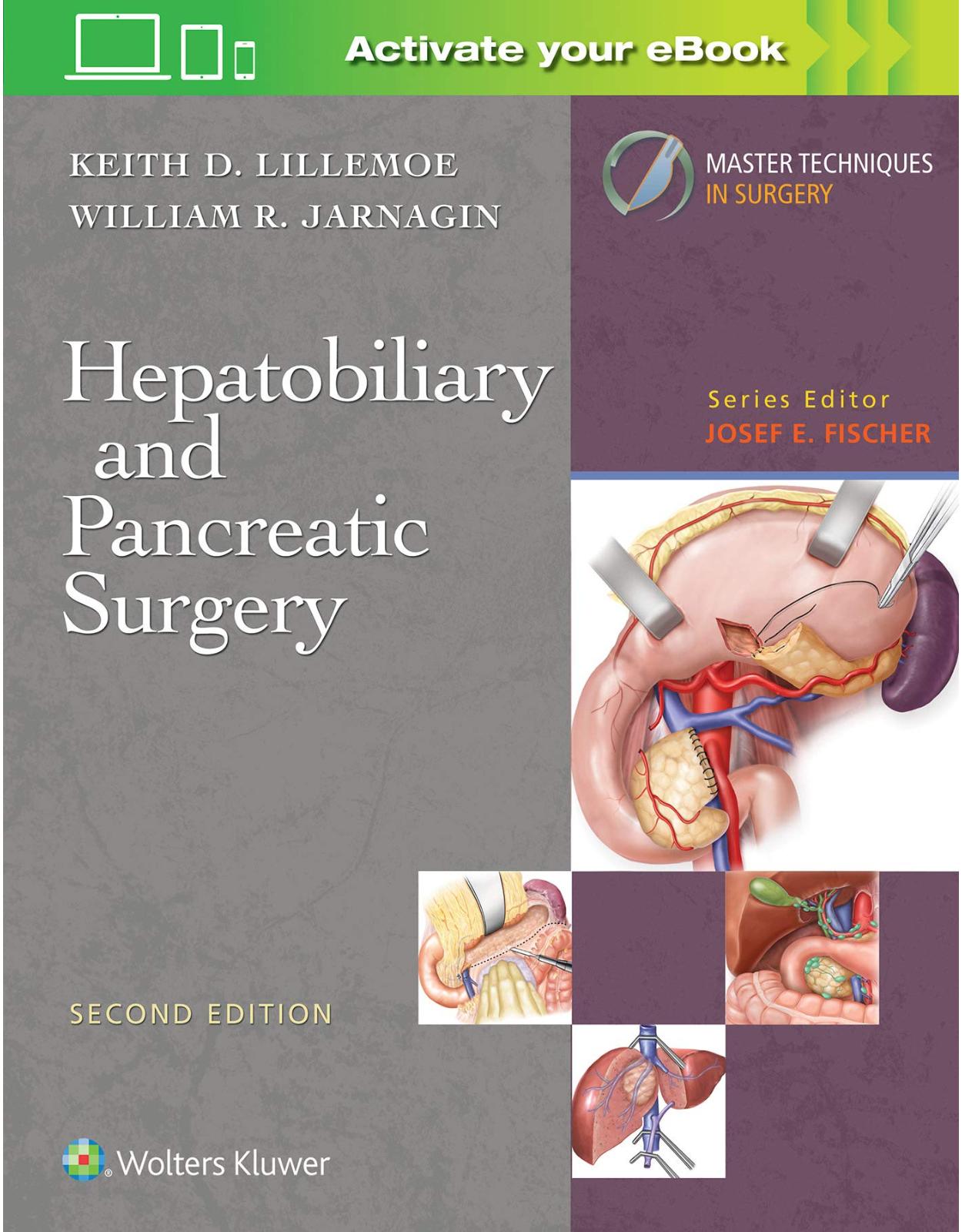
Master Techniques in Surgery: Hepatobiliary and Pancreatic Surgery
Livrare gratis la comenzi peste 500 RON. Pentru celelalte comenzi livrarea este 20 RON.
Disponibilitate: La comanda in aproximativ 4 saptamani
Autor: Keith D. Lillemoe
Editura: LWW
Limba: Engleza
Nr. pagini: 456
Coperta: Hardcover
Dimensiuni: 15.27 x 2.29 x 22.86 cm
An aparitie: 25-Jul-19
Description:
Updated with many of the latest techniques, this second edition continues the focus on procedures that is the hallmark of the Master Techniques in Surgery series. You’ll find plainly written details on some of the most common procedures, as well as relevant information on anatomy, patient outcomes to expect, required instruments, and more. Lavishly illustrated with original full-color drawings, the book is your go-to source for easy-to-follow and step-by-step procedural instructions!
Table of Contents:
PART I Pancreas and Biliary Tract
1 Pancreaticobiliary Surgery: General Considerations
SURGICALLY RELEVANT ANATOMY
PREOPERATIVE CONSIDERATIONS
Diagnosis
Imaging
Patient Preparation
INTRAOPERATIVE CONSIDERATIONS
General Considerations
Patient Positioning
Monitoring/Intravenous Access
Incision
Staging Laparoscopy
Pancreatic Anastomosis Techniques
Drains
THE NORMAL POSTOPERATIVE PATHWAY
DEVIATIONS FROM THE PATHWAY (COMPLICATIONS)
Defining and Grading of Complications
Assessing Risk of Complications
Detection of Complications
Management of Complications
CONCLUSION
2 Pancreaticoduodenectomy With or Without Pylorus Preservation
INDICATIONS/CONTRAINDICATIONS
PREOPERATIVE PLANNING
SURGICAL TECHNIQUE
Patient Preparation
Technique—Resection (Extirpative Phase)
Technique—Reconstruction Phase
POSTOPERATIVE MANAGEMENT
COMPLICATIONS
RESULTS
SPECIAL CONSIDERATIONS—PANCREATICODUODENECTOMY FOLLOWING NEOADJUVANT THERAPY FOR BORDERLINE RESECTABLE OR LOCALLY ADVANCED PANCREATIC ADENOCARCINOMA
CONCLUSIONS
3 Distal Pancreatectomy—Open
INDICATIONS/CONTRAINDICATIONS
PREOPERATIVE PLANNING
OPERATIVE TECHNIQUE—DISTAL PANCREATECTOMY AND SPLENECTOMY
SURGICAL TECHNIQUE—DISTAL PANCREATECTOMY WITH SPLENIC PRESERVATION
POSTOPERATIVE MANAGEMENT
COMPLICATIONS
RESULTS
4 Laparoscopic and Robotic Pancreatic Surgery
INDICATIONS/CONTRAINDICATIONS
PREOPERATIVE PLANNING
Preoperative Workup
Imaging
SURGICAL TECHNIQUE
Enhanced Recovery Pathways
Equipment and Setup
DISTAL PANCREATECTOMY
Robotic Approach
Laparoscopic Approach
Pancreatoduodenectomy
Robotic Approach
Laparoscopic Approach
Vascular Resection
POSTOPERATIVE MANAGEMENT
COMPLICATIONS
RESULTS
CONCLUSIONS
5 Operative Palliation of Pancreatic Cancer
INDICATIONS/CONTRAINDICATIONS
INDICATIONS/CONTRAINDICATIONS
PREOPERATIVE PLANNING
Selection of Patients for Operative Bilioenteric Bypass
Recommendations in Specific Circumstances
SURGICAL TECHNIQUE
Anatomy
Hepaticoenteric Bypass
Cholecystoenteric Bypass
RESULTS
INDICATIONS/CONTRAINDICATIONS
SURGICAL TECHNIQUE
Gastrojejunostomy (Open and Laparoscopic)
OTHER POTENTIAL PALLIATIVE PROCEDURES
Endoscopic Endoluminal Gastroenteric Bypass
CONCLUSIONS
6 Central Pancreatectomy and Enucleation
INDICATIONS/CONTRAINDICATIONS
PREOPERATIVE PLANNING
SURGICAL TECHNIQUE
Positioning
Technique
Management of the Pancreatic Remnant After Central Pancreatectomy
Enucleation
Management of Pancreas After Enucleation
POSTOPERATIVE MANAGEMENT
COMPLICATIONS
RESULTS
CONCLUSIONS
7 Total Pancreatectomy
INTRODUCTION
INDICATIONS/CONTRAINDICATIONS
PREOPERATIVE PLANNING
SURGICAL TECHNIQUE
Positioning and Exposure
Resection
Reconstruction
Minimally Invasive TP With or Without IAT
POSTOPERATIVE MANAGEMENT
COMPLICATIONS
RESULTS
Malignancy
CONCLUSIONS
8 Debridement for Pancreatic Necrosis
INDICATIONS/CONTRAINDICATIONS
Indications for Surgery
PREOPERATIVE PLANNING
SURGICAL TECHNIQUE
Pertinent Anatomy and General Operative Principles
Positioning
VARD Technique
Open Necrosectomy Technique
POSTOPERATIVE MANAGEMENT
COMPLICATIONS
RESULTS
CONCLUSIONS
ACKNOWLEDGMENTS
9 The Beger, Frey, and Bern Procedures for Chronic Pancreatitis
INTRODUCTION
INDICATIONS
PREOPERATIVE PLANNING
SURGERY
BEGER PROCEDURE
Resection
Reconstruction
FREY PROCEDURE
BERN PROCEDURE
Resection
Reconstruction
POSTOPERATIVE CARE
RESULTS
CONCLUSIONS
10 Roux-en-Y Lateral Pancreaticojejunostomy for Chronic Pancreatitis
INDICATIONS/CONTRAINDICATIONS
PREOPERATIVE PLANNING
SURGICAL TECHNIQUE
POSTOPERATIVE MANAGEMENT
COMPLICATIONS
RESULTS
ACKNOWLEDGEMENT
11 Surgical Drainage of Pancreatic Pseudocyst
INDICATIONS/CONTRAINDICATIONS
PREOPERATIVE CONSIDERATIONS
Surgical Anatomy
Game Planning
SURGICAL TECHNIQUE
General Considerations
Cyst-Gastrostomy
Cyst-Jejunostomy (with Roux-en-Y)
Cyst-Duodenostomy
POSTOPERATIVE MANAGEMENT
COMPLICATIONS
RESULTS
CONCLUSIONS
12 Laparoscopic Cholecystectomy With and Without Bile Duct Exploration
INDICATIONS/CONTRAINDICATIONS
PREOPERATIVE PLANNING
LAPAROSCOPIC CHOLECYSTECTOMY
TECHNICAL APPROACH
PREDICTORS OF DIFFICULT CHOLECYSTECTOMY
DIFFICULT SCENARIOS, TECHNIQUES, AND BAILOUT OPTIONS
BAILOUT OPTIONS
LAPAROSCOPIC COMMON BILE DUCT EXPLORATION
POSTOPERATIVE MANAGEMENT AND COMPLICATIONS
CONCLUSIONS
13 Open Cholecystectomy With Choledochotomy and Common Bile Duct Exploration
OPEN CHOLECYSTECTOMY
Indications/Contraindications
Converting to Open Cholecystectomy
SAGES Safe Cholecystectomy Task Force
Technical Principles of Open Cholecystectomy
Variants of Subtotal Cholecystectomy
OPEN COMMON BILE DUCT EXPLORATION
Indications/Contraindications and Preoperative Planning
Open Transcystic CBDE
Drainage Procedures
Open CBDE With Choledochotomy
Technical Principles of Open CBDE
POSTOPERATIVE MANAGEMENT
COMPLICATIONS
RESULTS
CONCLUSIONS
14 Ampullary Procedures
INDICATIONS
PREOPERATIVE PLANNING
Laboratory Values
Imaging
Preoperative Biopsies and Frozen Sections
SURGERY
Transduodenal Resection of the Ampulla of Vater (Adapted from Branum GD, Pappas TN, Meyers WC. The management of tumors of the ampulla of Vater by local resection. Ann Surg. 1996;224(5):621-627)
Pancreas-Preserving Duodenectomy (Adapted from Kalady MF, Clary BM, Tyler DS, et al. Pancreas-preserving duodenectomy in the management of duodenal familial adenopolyposis. J Gastrointest Surg. 2002;6(1):82-87)
POSTOPERATIVE MANAGEMENT
Transduodenal Resection and Pancreas-Preserving Duodenectomy
COMPLICATIONS
Transduodenal Resection
Pancreas-Preserving Duodenectomy
RESULTS
Transduodenal Resection
Pancreas-Preserving Duodenectomy
CONCLUSIONS
INDICATIONS/CONTRAINDICATIONS
PREOPERATIVE PLANNING
Sphincter of Oddi Dysfunction
Pancreas Divisum
SURGICAL TECHNIQUE
Positioning, Mobilization, Identification
POSTOPERATIVE MANAGEMENT
COMPLICATIONS
RESULTS
CONCLUSIONS
15 Repair of Bile Duct Stricture/Injury and Techniques for Accessing the Proximal Biliary Tree*
INDICATIONS/CONTRAINDICATIONS
PREOPERATIVE PLANNING
SURGICAL TECHNIQUE
Positioning and Incision
Dissection Technique
Technical and Anatomical Considerations for Proximal Biliary Tree Injuries
Anastomosis and Biliary Stent Technique
POSTOPERATIVE MANAGEMENT
COMPLICATIONS
RESULTS
CONCLUSIONS
PART II Liver
16 Hepatic Resection: General Considerations
INTRODUCTION
PREOPERATIVE ASSESSMENT
Evaluating Tumor Extent
Evaluating Determinants of Postoperative Liver Function
Timing of Surgery
SURGICAL TECHNIQUE FOR LIVER RESECTION
Type of Resection
Exposure
Principles of Parenchymal Transection
Prevention and Control of Bleeding
PREVENTION AND TREATMENT OF COMMON POSTOPERATIVE COMPLICATIONS
Postoperative Bleeding
Postoperative Liver Dysfunction
Prevention of Bile Leakage and Organ Space Infection
CONCLUSION
17 Right and Extended Right Hepatectomy
INDICATIONS/CONTRAINDICATIONS
PREOPERATIVE PLANNING
SURGERY
Pertinent Anatomy
Positioning, Incisions, and Retractors
Anesthetic Considerations
Exploration
Mobilization
Inflow Control (Extrahepatic Dissection)
Inflow Control (Intrahepatic Approach)
Inflow Control (Segment IV)
Outflow Control
Parenchymal Transection
Special Considerations
Adjacent Organs
Postresection
POSTOPERATIVE MANAGEMENT
COMPLICATIONS
RESULTS
18 Left and Extended Left Hepatectomy
INDICATIONS/CONTRAINDICATIONS
PREOPERATIVE PLANNING
Cardiorespiratory Assessment
Hepatic Reserve Assessment
Radiology Assessment
PREOPERATIVE PREPARATION
ANESTHESIA
SURGICAL TECHNIQUE
Left Lateral Sectionectomy
Left Hemihepatectomy
Left Hepatic Trisectionectomy
POSTOPERATIVE MANAGEMENT
COMPLICATIONS
RESULTS
CONCLUSIONS
19 Techniques to Enhance Future Liver Remnant Function
ABBREVIATIONS
INTRODUCTION
INDICATIONS FOR PREOPERATIVE PORTAL VEIN OCCLUSION
TECHNIQUES OF PORTAL VEIN OCCLUSION
Portal Vein Ligation or Embolization
Portal Vein Embolization
Embolization of the Segment 4 Portal Branches
ASSESSMENT OF THE HYPERTROPHY RESPONSE AND TIMING OF RESECTION AFTER PORTAL VEIN OCCLUSION
COMPLICATIONS OF PVE
INDICATIONS FOR 2-STAGE HEPATECTOMY
TECHNIQUE OF TRADITIONAL 2-STAGE LIVER HEPATECTOMY
THE ALPPS PROCEDURE
INDICATIONS FOR ALPPS
TECHNIQUE OF “CLASSICAL” ALPPS
Stage 1
Stage 2
COMPLICATIONS OF ALPPS
PREOPERATIVE BILIARY DRAINAGE AND PVE
TECHNIQUES OF PREOPERATIVE BILIARY DRAINAGE
CONCLUSION
20 Central Hepatectomy
INTRODUCTION
INDICATIONS
CONTRAINDICATIONS
Anatomical Considerations
PREOPERATIVE PLANNING
SURGICAL TECHNIQUE
Anesthesia and Postoperative Analgesia
Positioning
Exposure
Initial Assessment and Intraoperative Ultrasound
Control of Segment IV Inflow
Control of Segments V and VIII Inflow
Control of the Middle Hepatic Vein
Parenchymal Division
Concomitant Caudate Lobectomy
Concomitant En Bloc Resections of Bile Duct and Portal Vein
Surgical Drainage
POSTOPERATIVE MANAGEMENT
RESULTS
CONCLUSION
21 Hepatic Caudate Resection
INTRODUCTION
INDICATIONS
PREOPERATIVE PLANNING
OPERATIVE TECHNIQUE
POSTOPERATIVE MANAGEMENT
POSTOPERATIVE COMPLICATIONS
RESULTS
CONCLUSIONS
22 Right Anterior and Posterior Sectionectomy (Bisegmentectomy)
INTRODUCTION
INDICATIONS AND CONTRAINDICATIONS
Indications
Contraindications
PREOPERATIVE PLANNING
Blood Tests
Cross-sectional Imaging
Assessment of Functional Liver Remnant (FLR)
Cardiopulmonary Assessment and Medical Clearance
SURGICAL TECHNIQUE
Anatomy
Positioning
Technique
INTRAOPERATIVE CONSIDERATIONS
POSTOPERATIVE MANAGEMENT
COMPLICATIONS
CONCLUSIONS
23 Hepatic Segmental Resections
INTRODUCTION
INDICATIONS/CONTRAINDICATIONS
PREOPERATIVE PLANNING
Radiologic Planning
Patient Assessment
SURGICAL TECHNIQUE
Pertinent Anatomy
Anesthetic Considerations
Positioning and Exposure
Intraoperative Assessment
Parenchymal Transection
Standard Segmental Resections
Noteworthy Combined Segmental Resections
POSTOPERATIVE MANAGEMENT
COMPLICATIONS
CONCLUSIONS
24 Enucleation of Hepatic Lesions
INDICATIONS/CONTRAINDICATIONS
Pathologic Considerations
Anatomic Considerations
PREOPERATIVE PLANNING
SURGICAL TECHNIQUE
Positioning and Access
Operative Technique
Minimally Invasive Techniques
POSTOPERATIVE MANAGEMENT
COMPLICATIONS
CONCLUSIONS
25 Resection of Hilar Cholangiocarcinoma
INDICATIONS/CONTRAINDICATIONS
PREOPERATIVE PLANNING
MDCT before Biliary Drainage
EUS, Endoscopic Biliary Drainage, and Mapping Biopsy
CT Volumetry and Evaluation of Liver Functional Reserve Using ICG-R15%
Portal Vein Embolization
Major Hepatectomy and Bile Duct Resection
SURGICAL TECHNIQUE
Required Hilar Anatomy for the Surgical Treatment of Hilar Cholangiocarcinoma
Common Surgical Procedures for Major Hepatectomy and Bile Duct Resection
Vascular Resection and Reconstruction
Biliary Reconstruction
POSTOPERATIVE MANAGEMENT
RESULTS
CONCLUSIONS
ACKNOWLEDGMENTS
26 Gallbladder Cancer
INDICATIONS/CONTRAINDICATIONS
Indications
Contraindications
PREOPERATIVE PLANNING
Diagnosis
Clinical Staging
Imaging
Neoadjuvant Therapy
SURGERY
Day of Surgery/Positioning
Subhilar Lymphadenectomy with or without Removal of the Extrahepatic Biliary Tree
Hepaticojejunostomy
POSTOPERATIVE MANAGEMENT
Follow-up
Adjuvant Therapy
COMPLICATIONS
Bile Duct Injury/Leak
Port-Site Disease
RESULTS
CONCLUSIONS
27 Treatment of Liver Cysts
INTRODUCTION
INDICATIONS/CONTRAINDICATIONS
PREOPERATIVE PLANNING
SURGICAL TECHNIQUE
Unroofing of a Simple Cyst
POSTOPERATIVE MANAGEMENT
RESULTS
Enucleation of Biliary Cystadenomas
Laparoscopic Resection of Cysts
Hydatid Liver Disease
Polycystic Liver Disease
CONCLUSIONS
28 Congenital Dilation of the Biliary Tract
INDICATIONS/CONTRAINDICATIONS
PREOPERATIVE PLANNING
SURGICAL TECHNIQUE
Choledochal Cyst Resection—Pertinent Anatomy
Surgical Techniques for Congenital Dilations of the Biliary Tract
Traditional Laparotomy “Open” Technique
Laparoscopic Surgical Technique
Equipment and Positioning
Port-Site Location
POSTOPERATIVE MANAGEMENT
COMPLICATIONS
RESULTS
CONCLUSIONS
29 Vascular Isolation and Techniques of Vascular Reconstruction
INDICATIONS/CONTRAINDICATIONS
PREOPERATIVE PLANNING
SURGICAL TECHNIQUE
Positioning and Incision
ASSESSMENT OF RESECTABILITY
STRATEGIES TO ACHIEVE VASCULAR CONTROL
COLD PERFUSION FOR LIVER RESECTIONS WITH VASCULAR RECONSTRUCTION
IN SITU HYPOTHERMIC PERFUSION
EX VIVO LIVER RESECTION
SURGICAL PROCEDURE
EX SITU LIVER RESECTION
HEPATIC VEIN AND INFERIOR VENA CAVA RECONSTRUCTION
REIMPLANTATION
POSTOPERATIVE CARE
CONCLUSIONS
30 Minimally Invasive Partial Hepatectomy
INDICATIONS/CONTRAINDICATIONS
PREOPERATIVE PLANNING
Equipment and Instruments
Patient Preparation
SURGICAL TECHNIQUE I: GENERAL PRINCIPLES
Pertinent Anatomy
Patient Positioning
Port Placement, Exploration, and Ultrasonography
Mobilization, Control of Inflow/Outflow, and Marking the Liver
Parenchymal Transection
Conversion to Laparotomy
Extraction, Drainage, and Closure
SURGICAL TECHNIQUE II: SPECIFIC PROCEDURES
Metastasectomy or Tumorectomy
Segmentectomy
Left Lateral Sectionectomy
Hemihepatectomy
Right Hemihepatectomy
Left Hemihepatectomy
POSTOPERATIVE MANAGEMENT
COMPLICATIONS
RESULTS
Deciding Between Robotic and Laparoscopic Approach
CONCLUSIONS
Index
| An aparitie | 25-Jul-19 |
| Autor | Keith D. Lillemoe |
| Dimensiuni | 15.27 x 2.29 x 22.86 cm |
| Editura | LWW |
| Format | Hardcover |
| ISBN | 9781496385574 |
| Limba | Engleza |
| Nr pag | 456 |

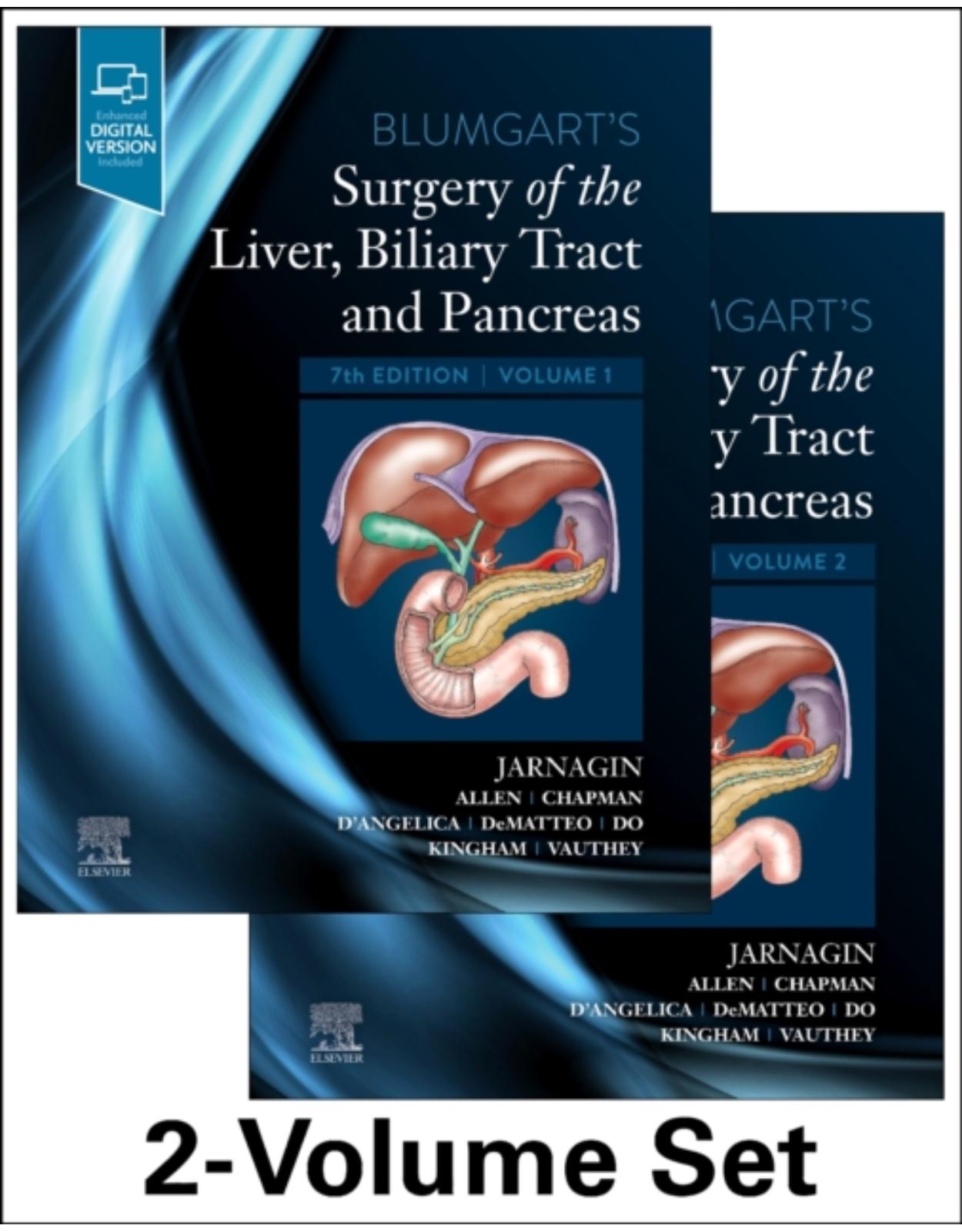
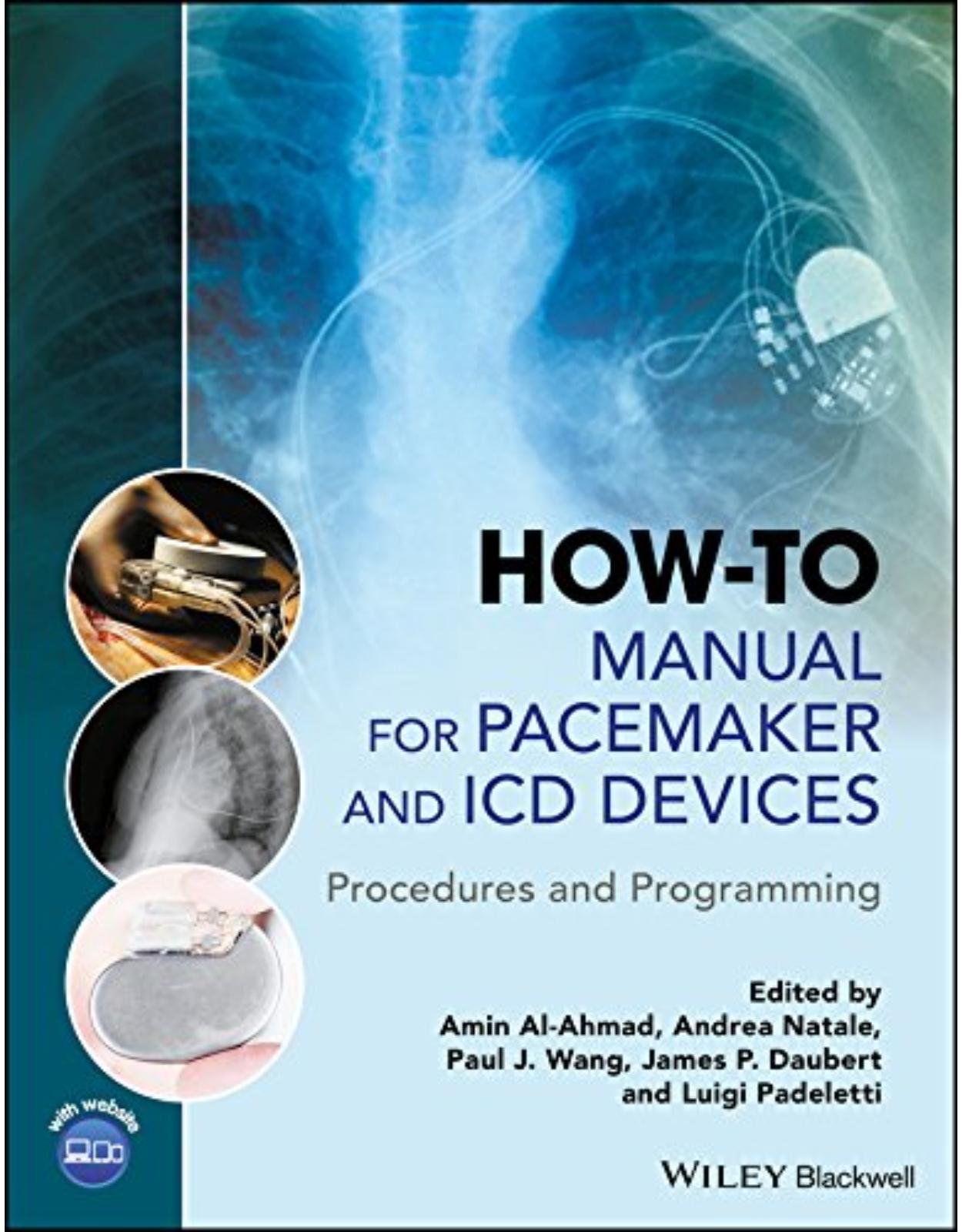
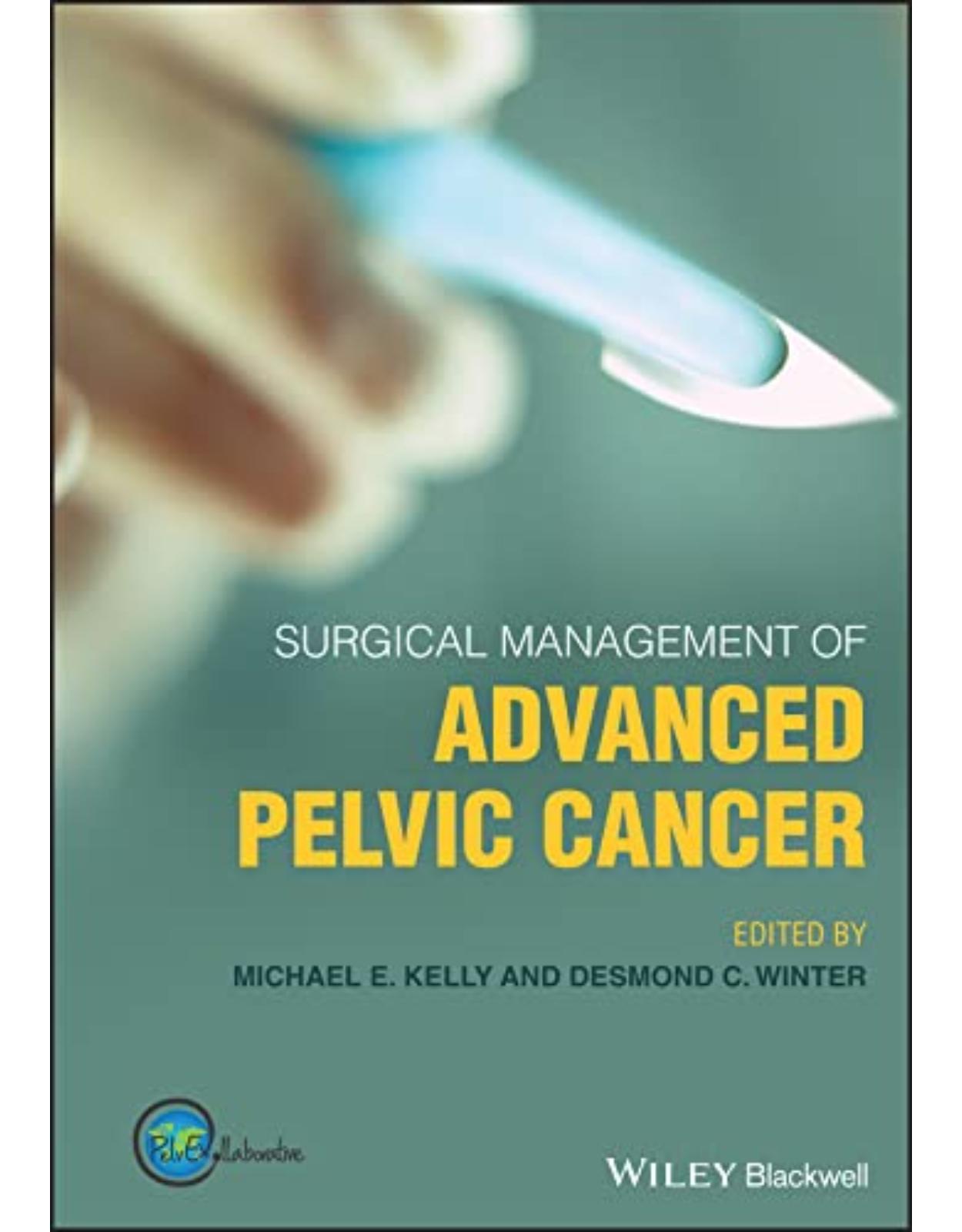
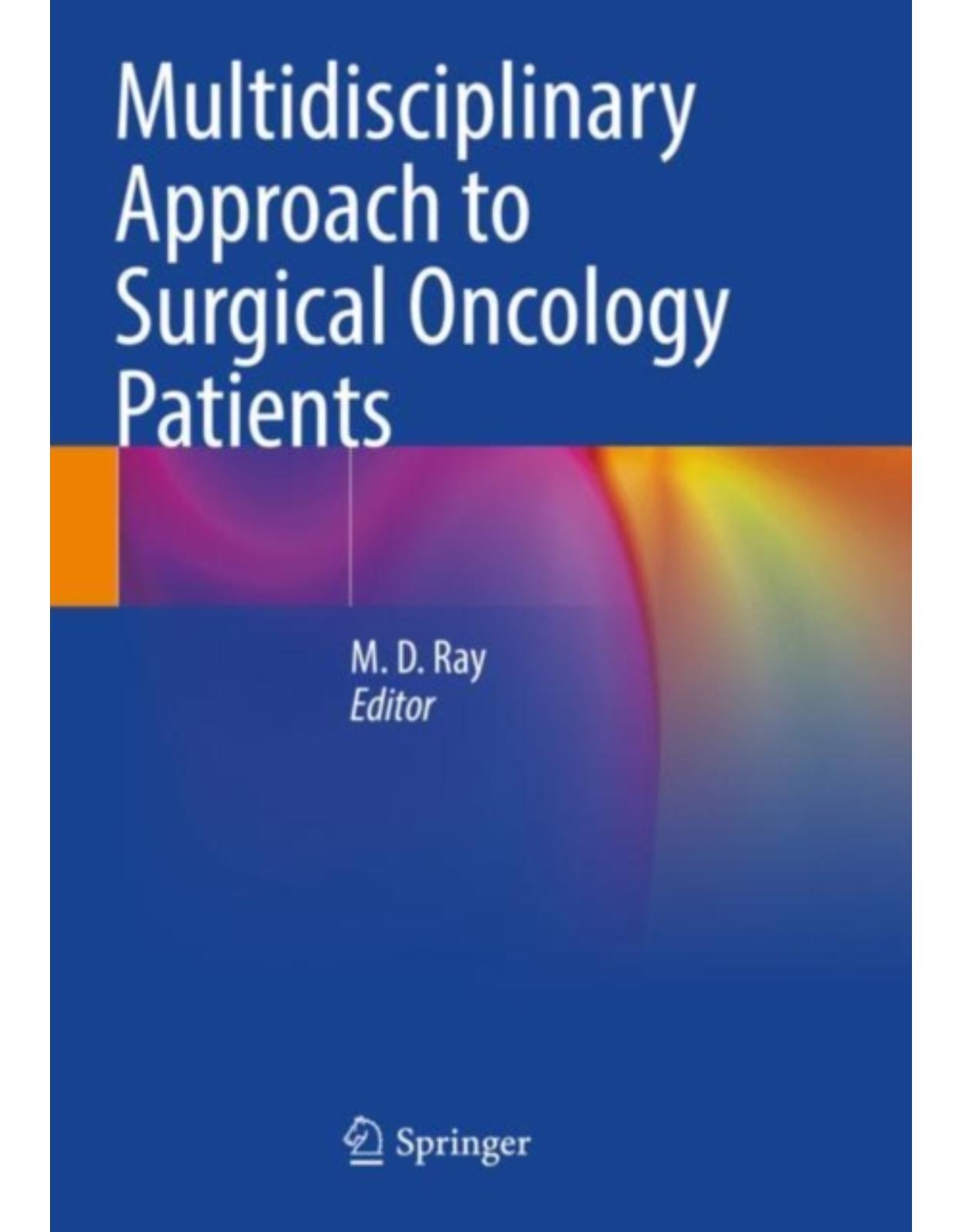
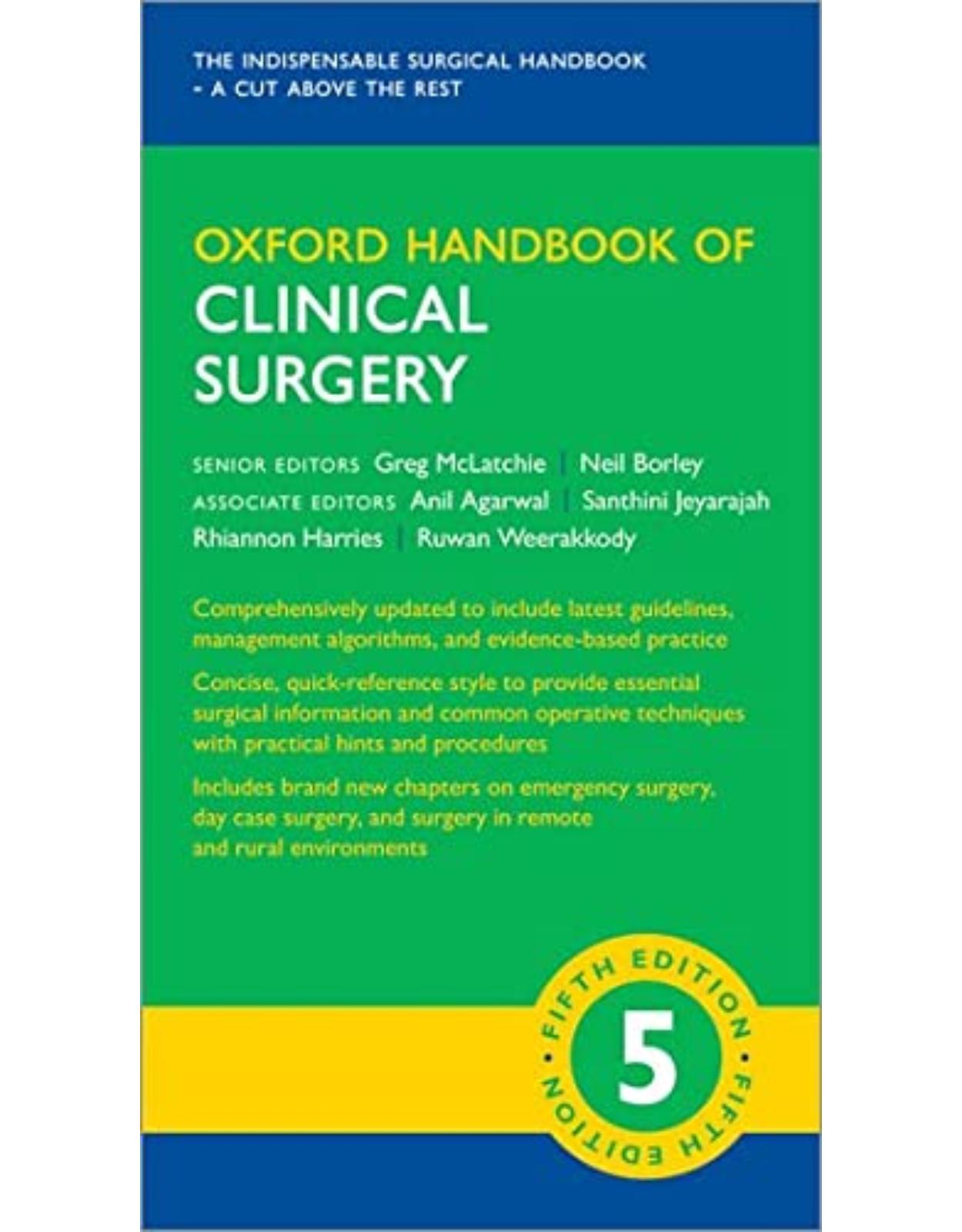
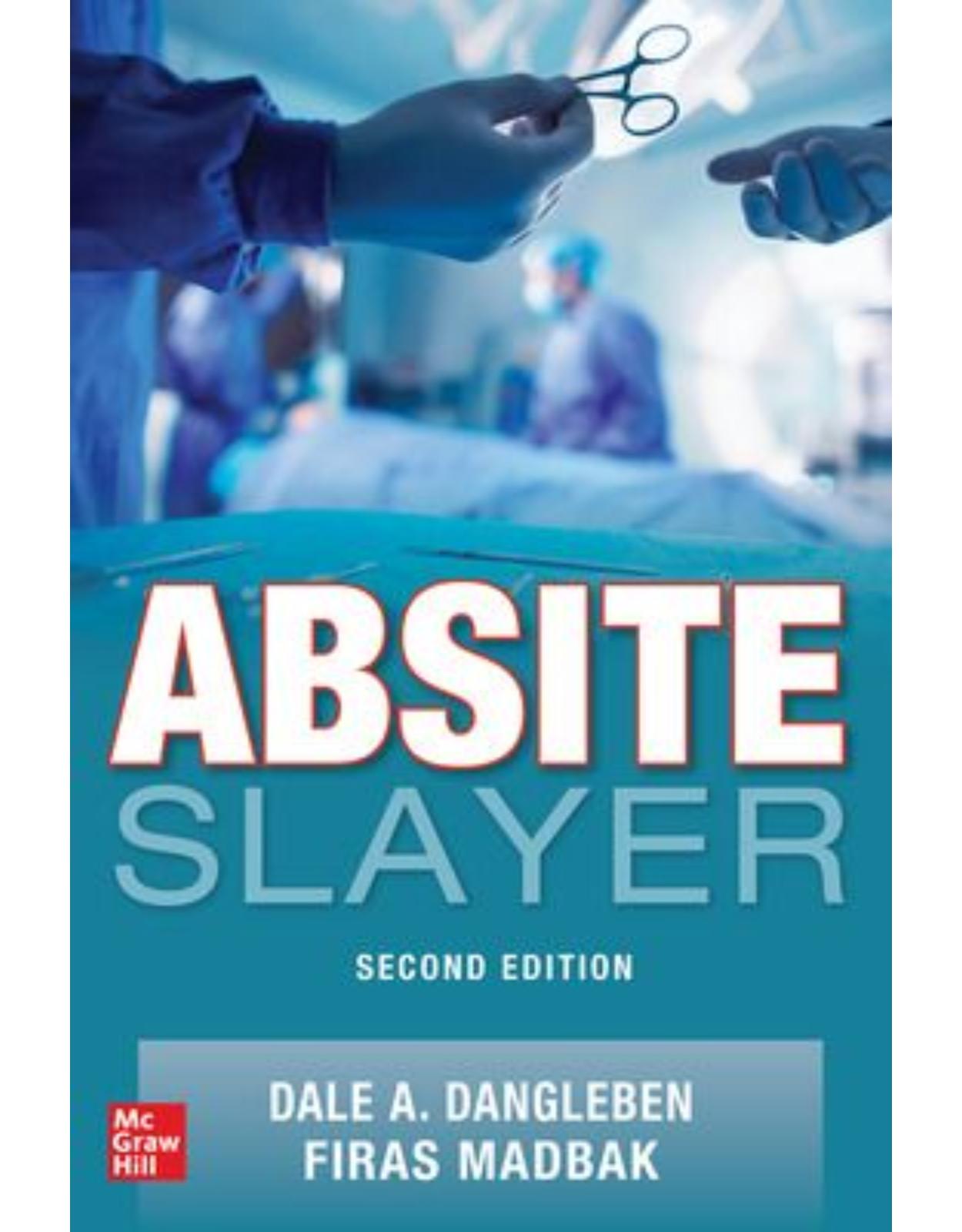
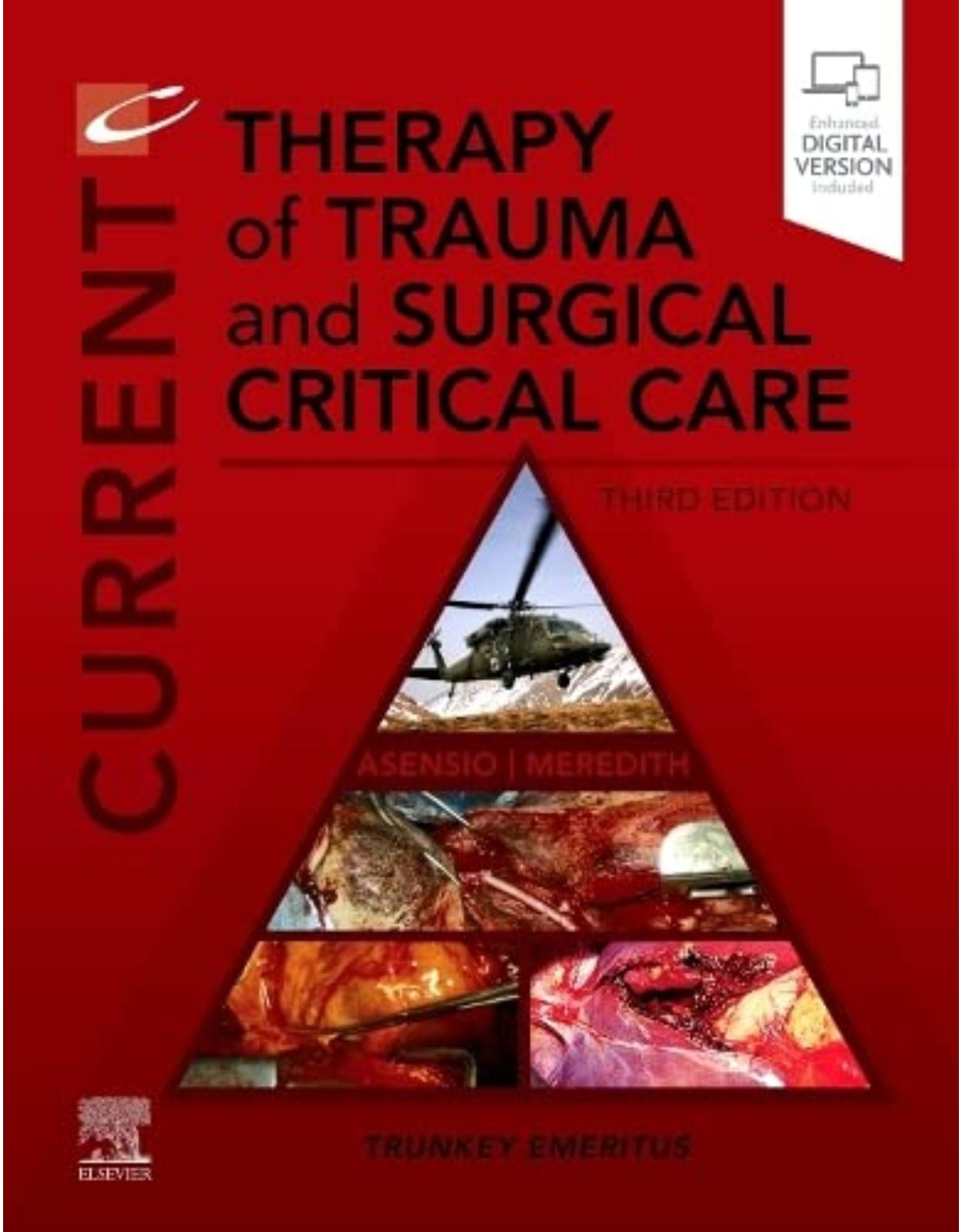
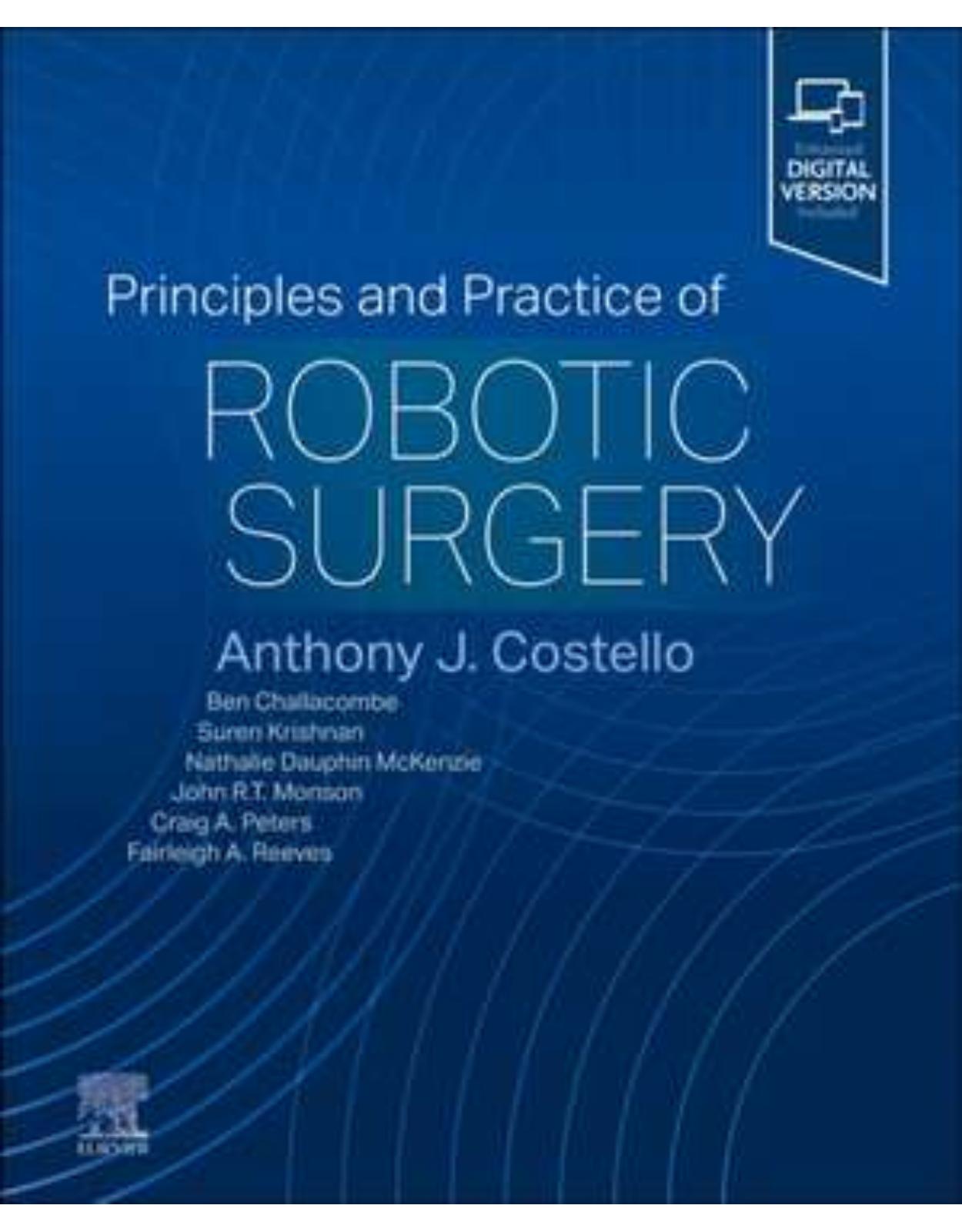
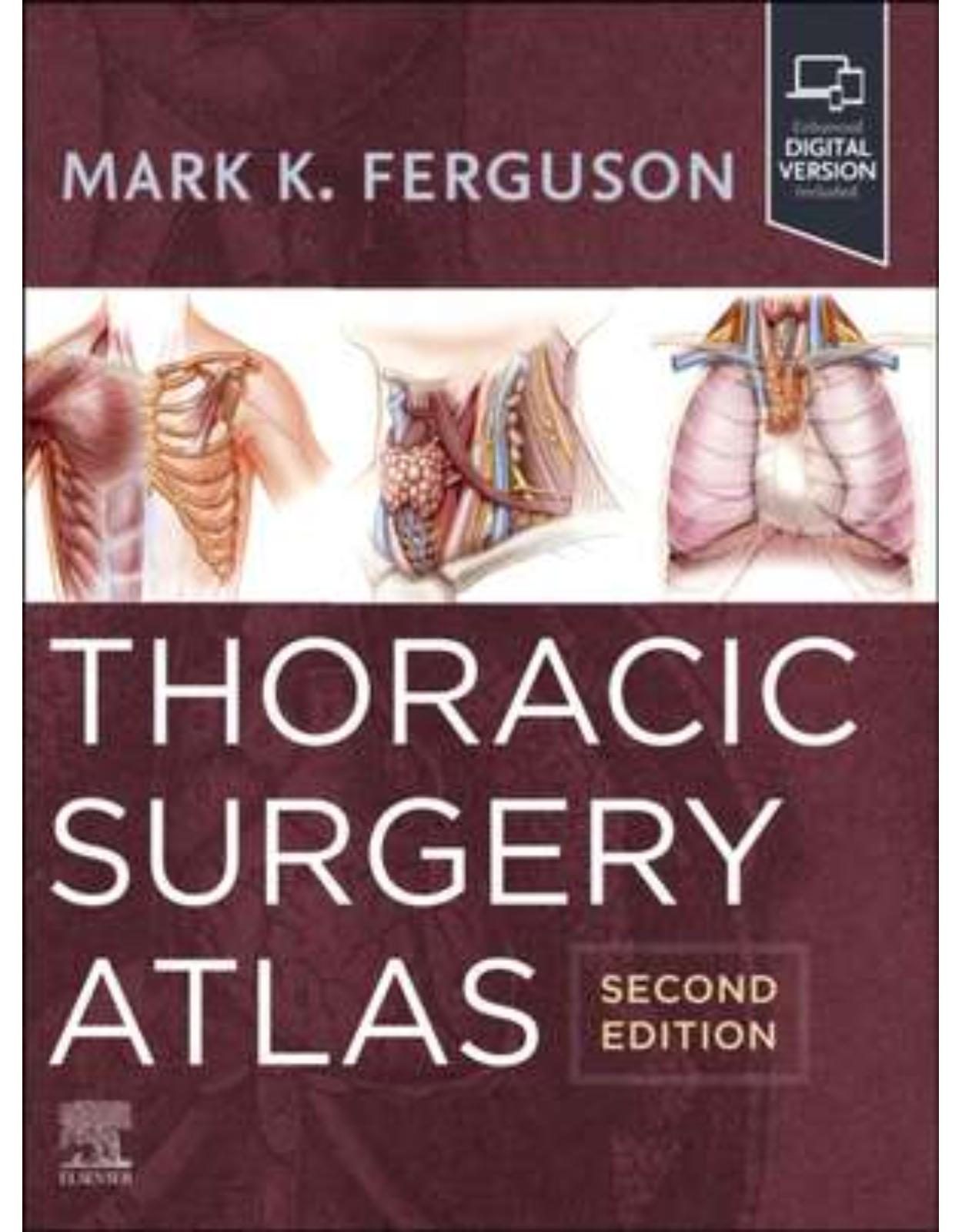
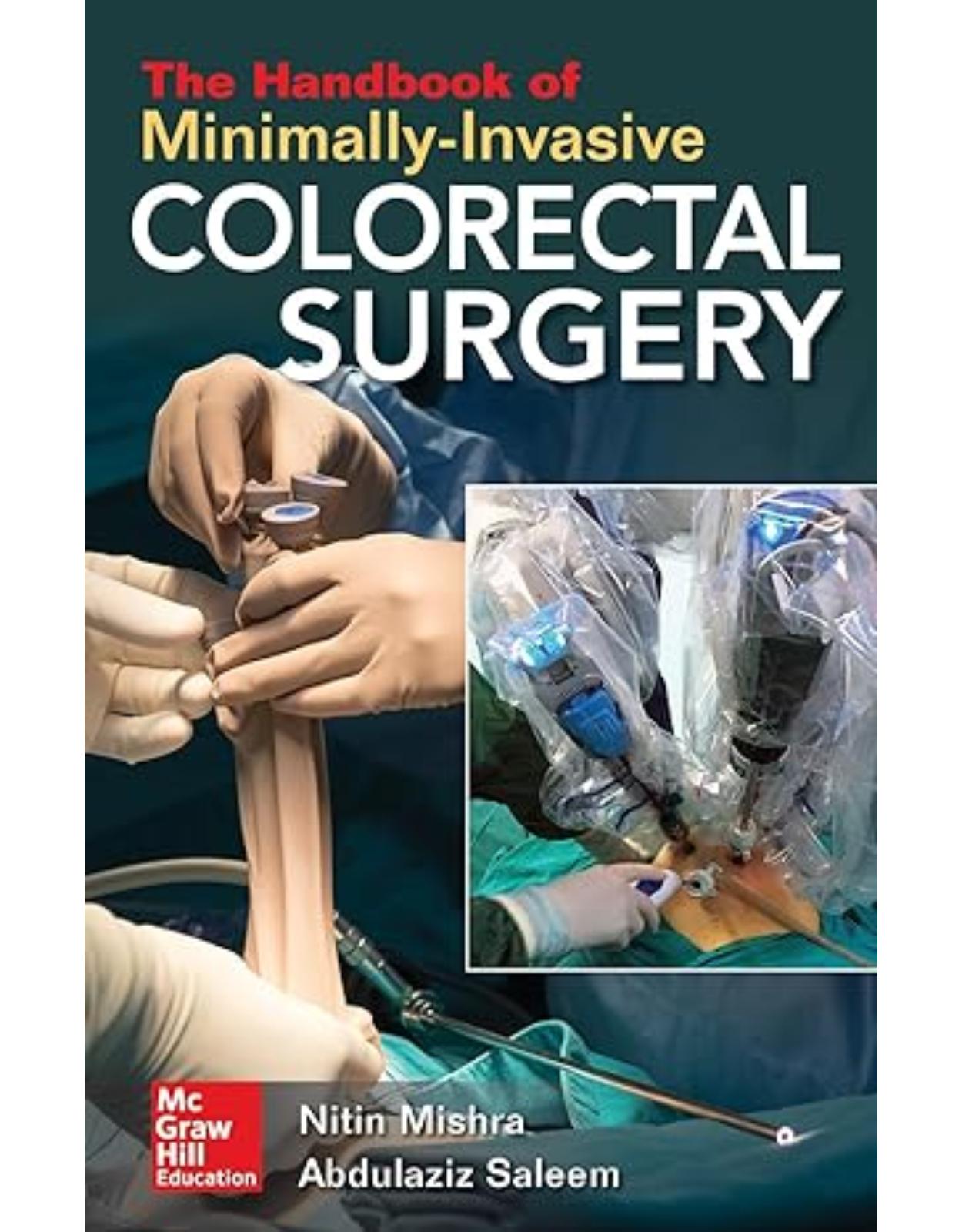
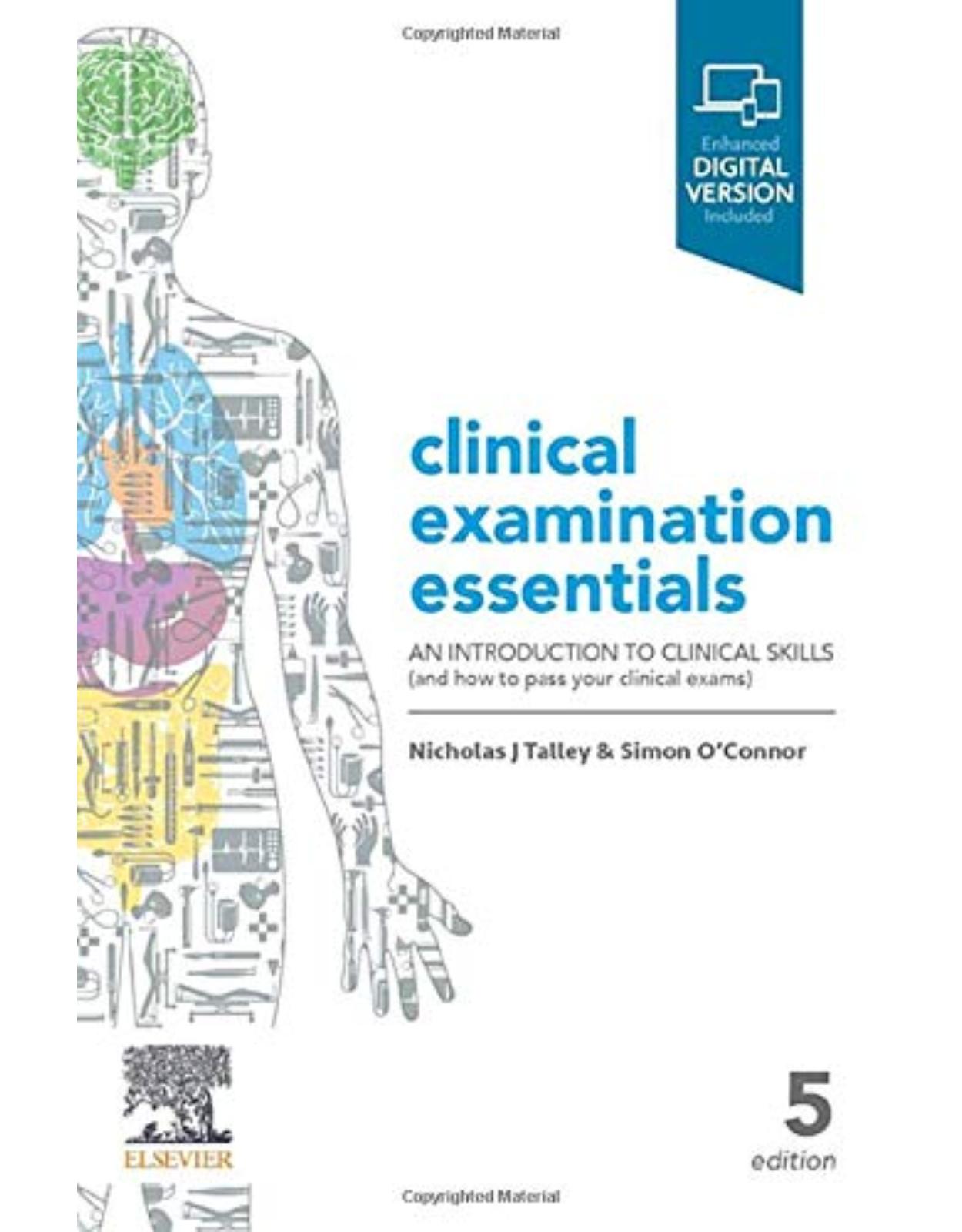
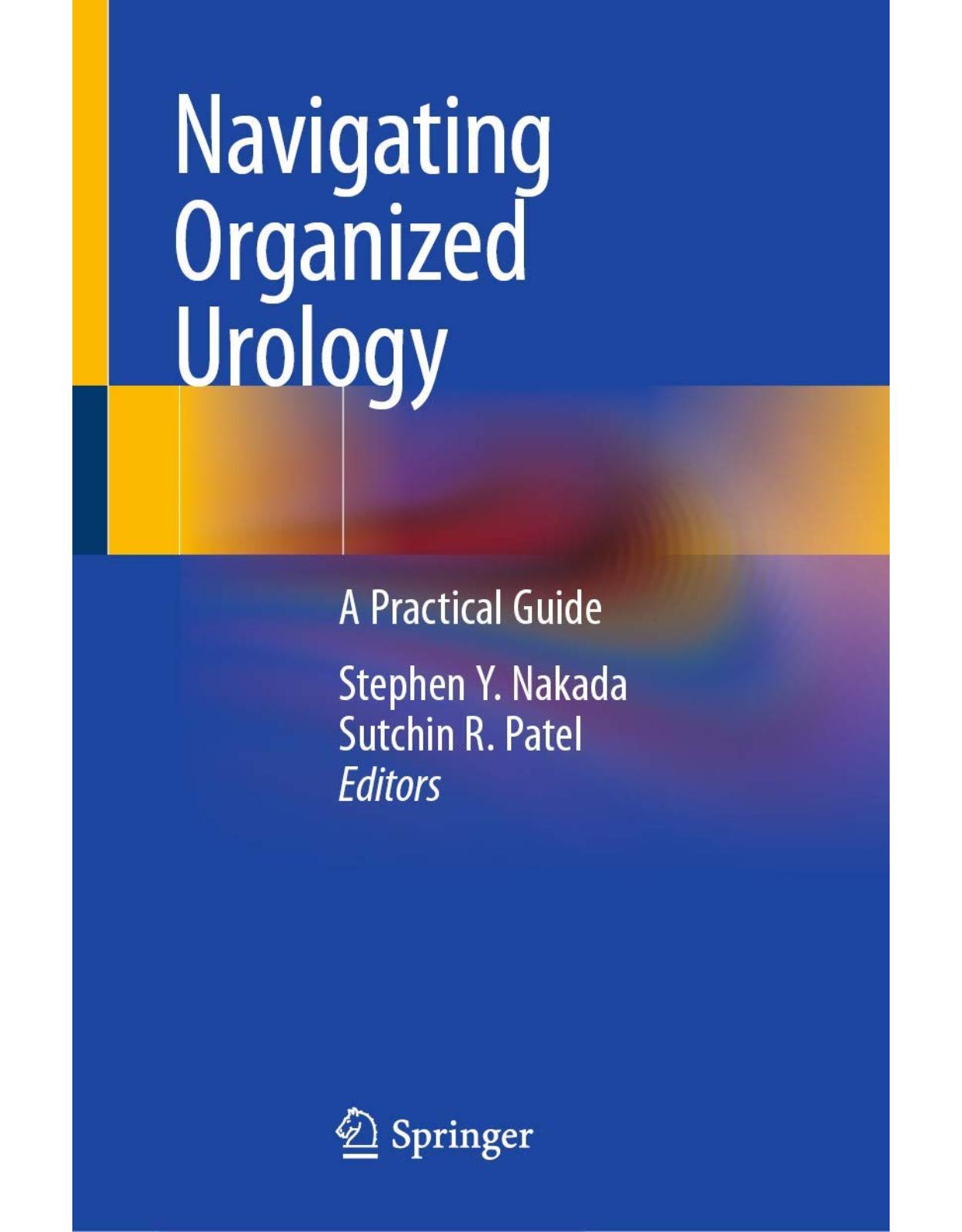
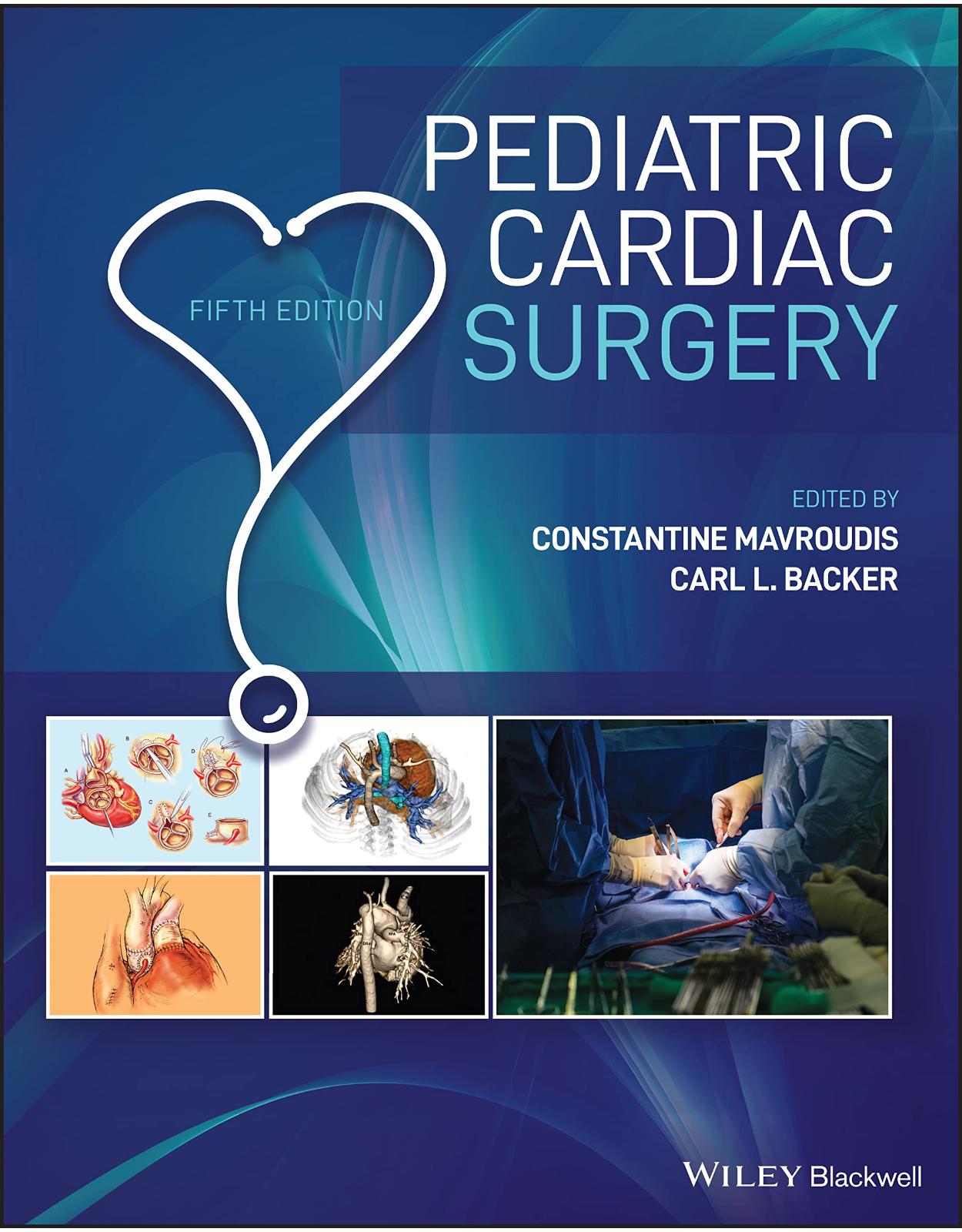


Clientii ebookshop.ro nu au adaugat inca opinii pentru acest produs. Fii primul care adauga o parere, folosind formularul de mai jos.